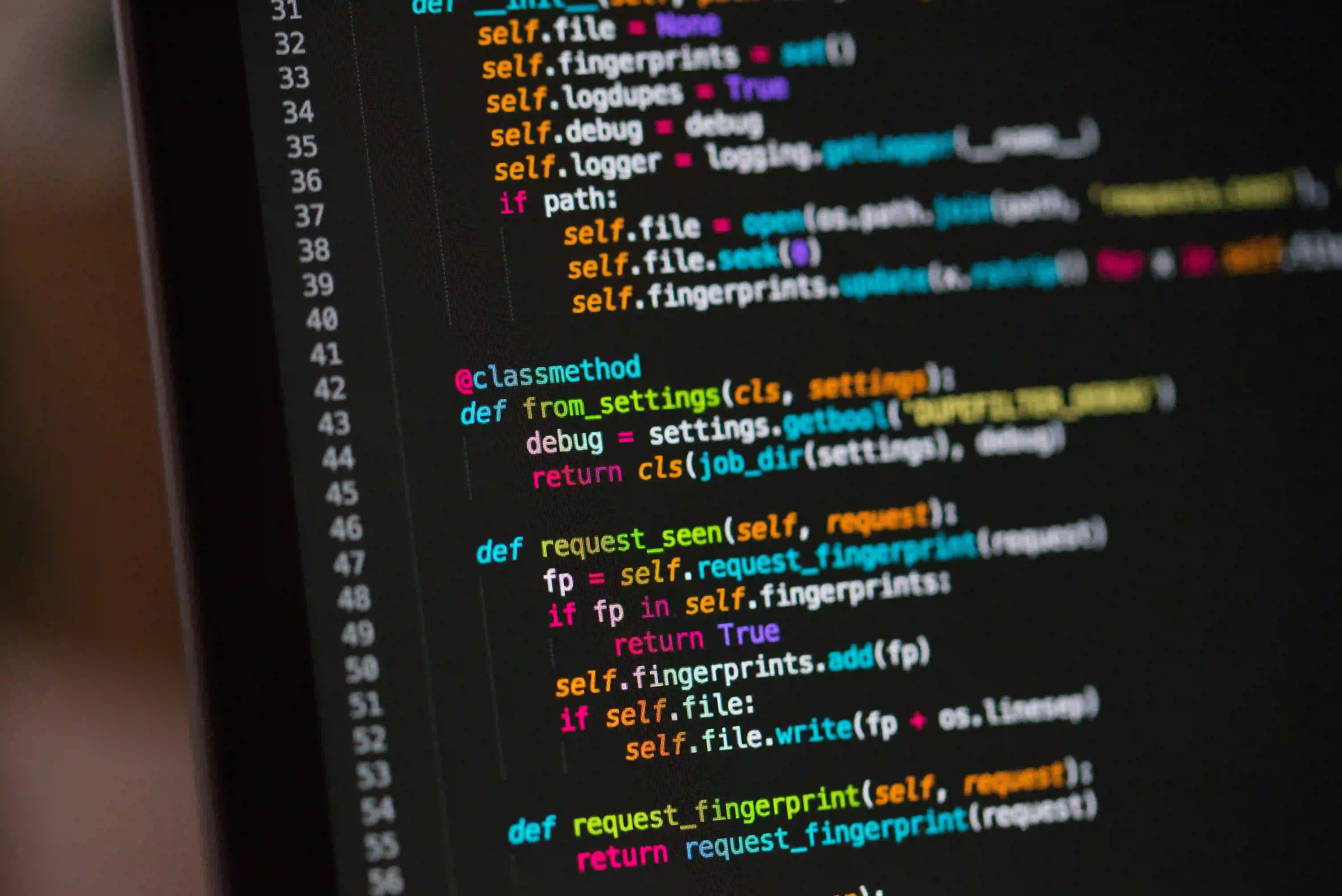Java EE vs Jakarta EE: What's the Migration Challenge?

Java EE vs Jakarta EE: What's the Migration Challenge?
When it comes to enterprise application development, Java EE (Enterprise Edition) has long been a cornerstone for building robust, scalable applications. However, with the transition from Java EE to Jakarta EE, many developers and organizations face challenges in migrating their existing applications. In this blog post, we will delve into the implications of this transition, the challenges of migration, and what developers need to know about the differences between Java EE and Jakarta EE.
What is Java EE?
Java EE is a set of specifications that extend the Java SE (Standard Edition) with specifications for enterprise features such as distributed computing and web services. It includes technologies such as Servlets, JSP (JavaServer Pages), EJB (Enterprise JavaBeans), JPA (Java Persistence API), and more. These specifications provide a robust environment for building large-scale, multi-tiered, and scalable applications.
Key Features of Java EE
- Modular Architecture: Java EE promotes a modular approach through its specification, allowing developers to use only the required components.
- Standard APIs: The vast array of standard APIs ensures consistency and reduces the learning curve for new developers.
- Support for Web Services: Java EE has built-in support for creating and consuming web services, enabling seamless integration with other systems.
What is Jakarta EE?
Jakarta EE is the evolution of Java EE, led by the Eclipse Foundation, following Oracle's transfer of Java EE. The name change signifies a new era with a focus on community-driven development and open collaboration. Jakarta EE retains the fundamental principles of Java EE but introduces several improvements and updates.
Key Features of Jakarta EE
- Community-Driven: The transition to Jakarta EE allows for broader community participation and governance.
- Innovations and Enhancements: Jakarta EE builds upon existing specifications while incorporating modern development practices.
- Namespacing Changes: As part of the transition, Jakarta EE has introduced new package names to comply with the Jakarta brand.
The Migration Challenge: Key Considerations
Migrating from Java EE to Jakarta EE brings several challenges and considerations that developers must address. Below are some of the primary aspects to keep in mind when planning a migration.
1. Dependency on Legacy Code
Legacy applications often rely heavily on Java EE libraries and specifications. As Jakarta EE changes namespaces (for example, javax.servlet to jakarta.servlet), existing codebases will need to undergo modifications to ensure compatibility.
Example Code Snippet
Here is an example of how a simple servlet class changes from Java EE to Jakarta EE:
// Java EE Servlet Example
import javax.servlet.ServletException;
import javax.servlet.annotation.WebServlet;
import javax.servlet.http.HttpServlet;
import javax.servlet.http.HttpServletRequest;
import javax.servlet.http.HttpServletResponse;
@WebServlet("/hello")
public class HelloServlet extends HttpServlet {
protected void doGet(HttpServletRequest request, HttpServletResponse response)
throws ServletException, IOException {
response.getWriter().write("Hello from Java EE!");
}
}
After migration to Jakarta EE, the code changes as follows:
// Jakarta EE Servlet Example
import jakarta.servlet.ServletException;
import jakarta.servlet.annotation.WebServlet;
import jakarta.servlet.http.HttpServlet;
import jakarta.servlet.http.HttpServletRequest;
import jakarta.servlet.http.HttpServletResponse;
@WebServlet("/hello")
public class HelloServlet extends HttpServlet {
protected void doGet(HttpServletRequest request, HttpServletResponse response)
throws ServletException, IOException {
response.getWriter().write("Hello from Jakarta EE!");
}
}
Why This Change Matters: The switch from javax to jakarta namespace is essential for compliance with the new Jakarta EE standards. Neglecting this change will lead to compilation errors, making it impossible for your application to run.
2. Compatibility Issues
Although Jakarta EE is built on the foundation of Java EE, API changes can lead to compatibility issues. Not all Java EE applications will run seamlessly on Jakarta EE.
It’s crucial to analyze dependencies and third-party libraries being used. For example, some frameworks such as Spring and Hibernate will also have their specific versions for Jakarta EE. Upgrading these libraries might be necessary.
3. Training and Learning Curve
Developers familiar with Java EE will need to familiarize themselves with the changes in Jakarta EE. A key focus of this aspect is understanding the new community-driven approach and its implications on maintenance and updates.
There are numerous resources available for training:
4. Migration Plan and Strategy
A well-defined migration strategy can significantly reduce risks and challenges. Here are steps to consider for a successful migration:
- Audit Your Codebase: Identify all Java EE references in your application, and prepare for necessary updates.
- Upgrade Dependencies: Assess external libraries and ensure you use versions compatible with Jakarta EE.
- Refactor Incrementally: If possible, refactor your code incrementally rather than performing a "big bang" migration to minimize disruptions.
- Leverage Tools: Utilize available migration tools, such as the Jakarta EE Migration tool, which automates parts of the migration process.
- Testing and Validation: Before deploying, perform comprehensive testing to validate that the application behaves as expected.
Advantages of Migrating to Jakarta EE
Despite the challenges, organizations can benefit from migrating to Jakarta EE:
- Future-Ready Applications: As Jakarta EE evolves, applications built on this platform are more likely to stay up-to-date with modern technologies.
- Community Support: A vibrant community ensures ongoing support, updates, and improvements.
- Enhanced Features: Jakarta EE aims to improve on existing features and update its APIs to align with current development trends.
To Wrap Things Up
The migration from Java EE to Jakarta EE is not without its challenges, but it is also an opportunity for developers and organizations to modernize their applications. By understanding the key differences, auditing your existing code, and planning a methodical migration strategy, you can ensure that your applications remain robust, scalable, and ready for the future.
If you’re interested in the latest advancements in Jakarta EE, check out the official Jakarta EE blog, which covers tips, best practices, and community updates. Embracing this change is essential in a rapidly advancing tech landscape. By staying informed and proactive, your team can navigate these transitions efficiently.
For further reading, consider exploring:
- Understanding Jakarta EE in Depth
- Migrating from Java EE to Jakarta EE
- Jakarta EE Github Repository
Preparing now will position you favorably as the Java ecosystem evolves, so dive in and begin your migration journey!
